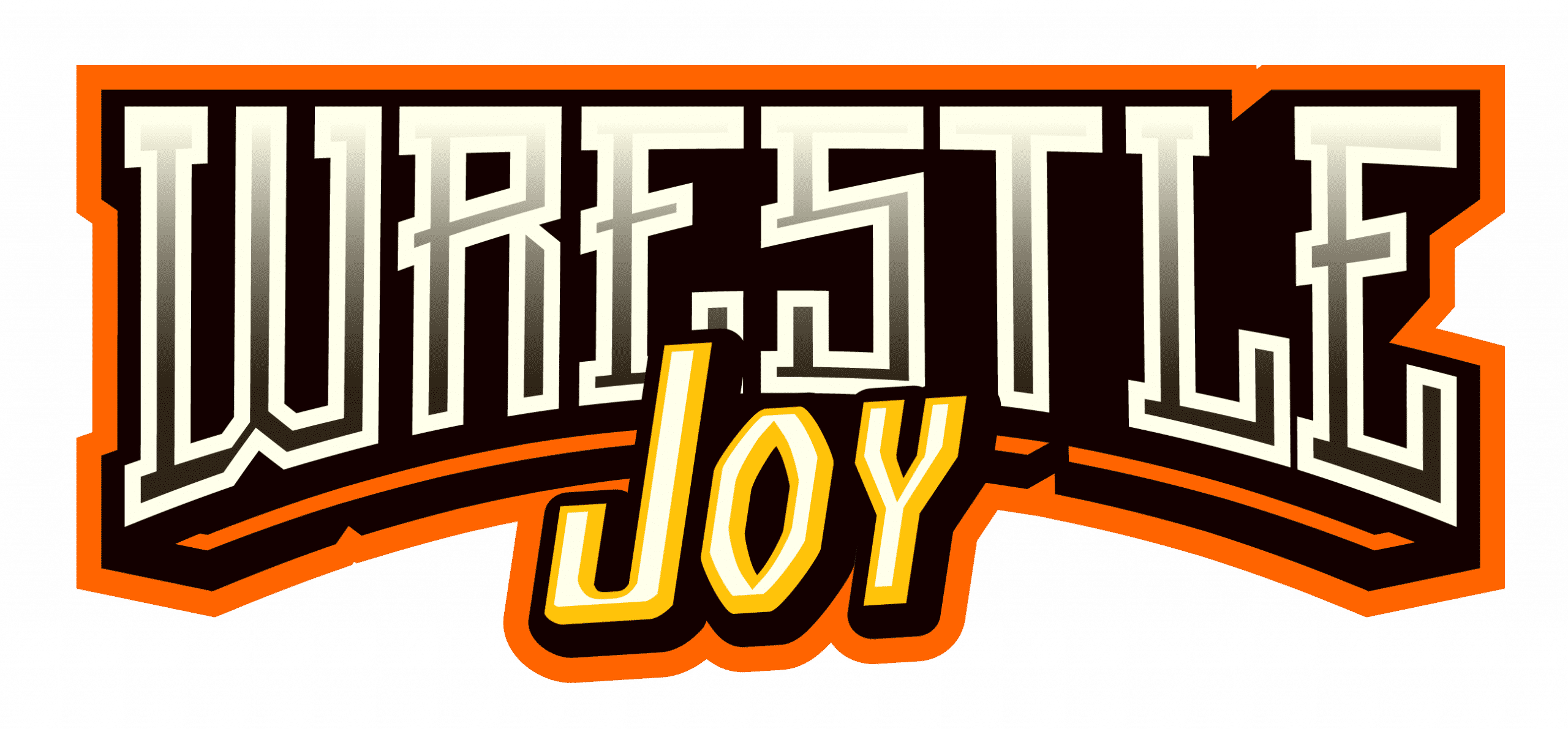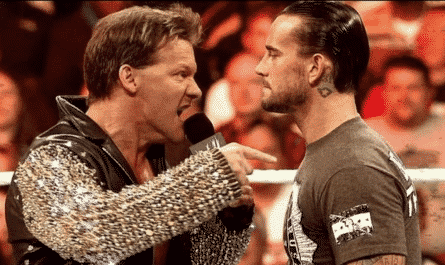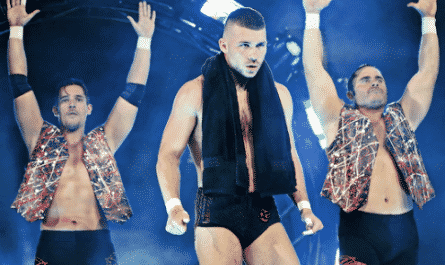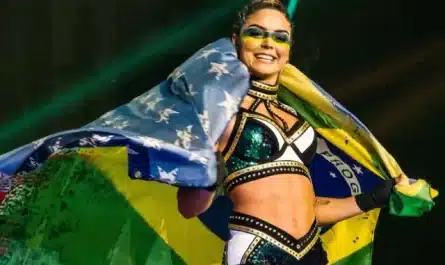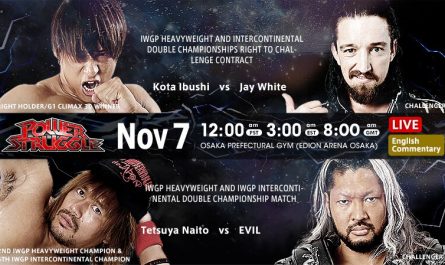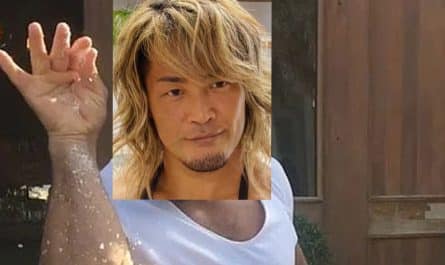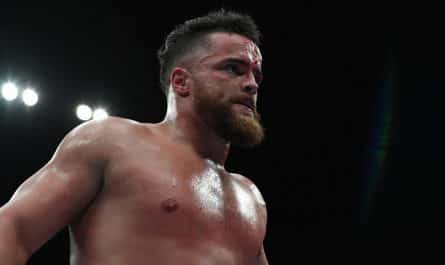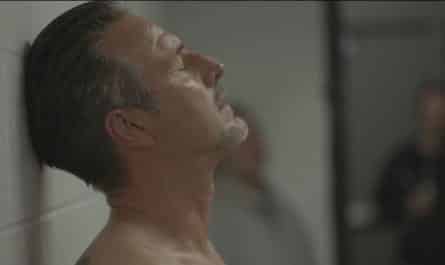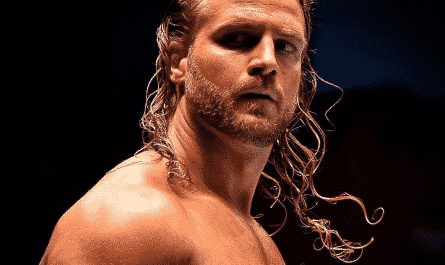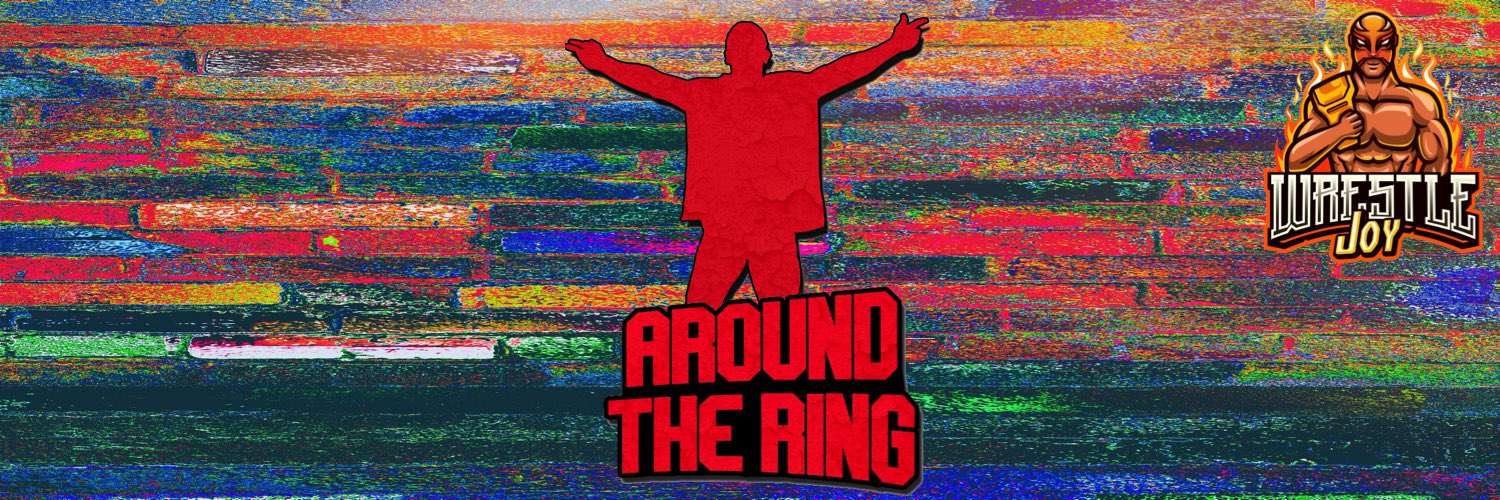In the dawn of the 1980s, American exceptionalism was on the rise. Simultaneously, the country faced recession, and escalating tensions with Russia, while a mysterious plague started swept through the country. With many real-world problems, citizens in the United States turned their attention to the real culprit for the evils plaguing society: Satan himself. A decade earlier, with the rise in popularity of films like The Exorcist and The Omen and the attention given to obscure cult-figure Anton LeVay and his Church of Satan, the occult gained a small foothold in mainstream society. By the advent of the 80s, the US had erupted into full-blown Satanic Panic.
Religious and thought-leaders on both the left and right believed that the proliferation of occult themes in pop-culture turned society, particularly kids, into tools for evil. Groups like the Parents Music Resource Center, led by Tipper Gore, Al Gore’s former wife, attacked the music industry for heavy metal groups like Iron Maiden and Slayer. Some went as far as to blame Ozzy Osbourne for planting demonic subliminal messages in his music, urging his listeners to kill themselves. In California, a manipulative therapist convinced parents their children had been abused in Satanic rituals conducted inside a preschool. The McMartin Trial gripped the media with its fantastical tales of magic, demons, and witchcraft. But by 1990, the accused were exonerated. Unfortunately, the damage was done. Even Geraldo Rivera got on the act, producing a tabloid-style two-hour NBC expose exposing the rise of Satanism in the US. The vast majority of these were ridiculous stories, blown up by cultural fears and an exploitative media.
However, there was also the case of Richard Ramirez. The serial killer known as The Nightstalker had pentagram tattoos and chanted “Hail Satan” during his trial. Was Ramirez an example of a real demonic underground or merely a side effect of cultural panic? Was Ramirez a deranged individual who latched on to cultural fears and used them to manipulate the kind of real-life evil he wanted to inflict? Was The Nightstalker a serial killer who found the perfect gimmick?
Pro Wrestling, never an industry to shy away from usurping cultural boogeymen to fill arenas and line promoter’s pockets, became the perfect environment to serve as the metaphoric battleground for this real-life phenomenon. The state of Florida has usually been a strange mix of the pious and the peculiar. Even today, “the Florida man” meme exhibits the state’s tendency to embrace the weird. This where Kevin Sullivan learned to embrace his fate as pro wrestling’s Prince of Darkness.
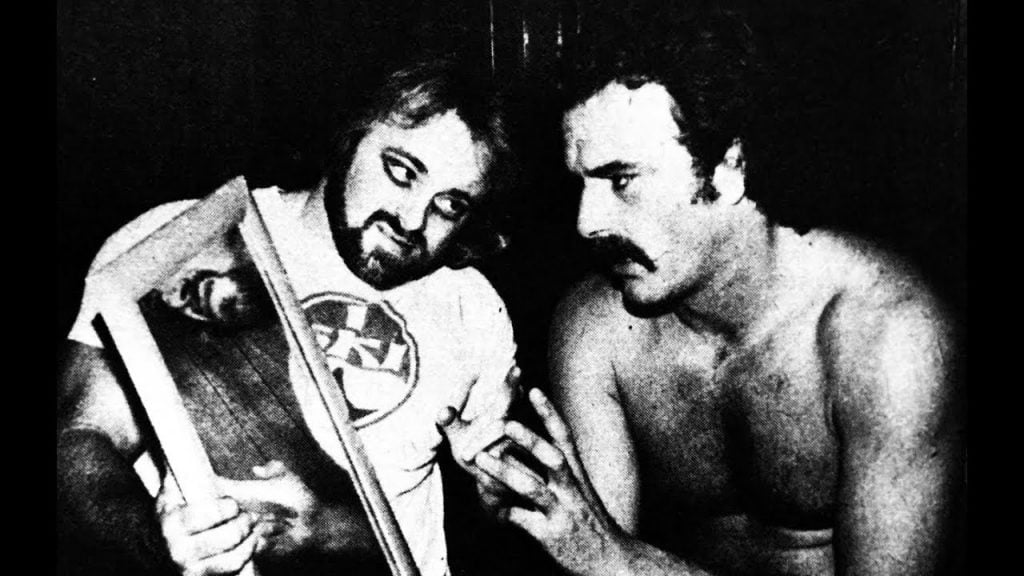
By 1982, Sullivan was a journeymen worker, bouncing around the territories. In an era of giants with bold looks, Kevin Sullivan was easy to overlook. He was only 5’9, but his thick muscled-up physique lent the Boston Bruiser credibility. When Sullivan returned to Championship Wrestling from Florida (CWF) in 1982, his former partner, Steve Keirn, sent in a video from Memphis, warning fans that Sullivan had changed. Of course, Sullivan blows off Keirn’s concerns in an unassuming promo, setting the stage for the madness to come.
Sullivan’s new tag team partner was a young man named Barry Windham. The son of Blackjack Mulligan joined in with CWF’s top babyfaces, along with Dusty Rhodes and Mike Graham, called “The Family.” In 1982, another second-generation wrestler made his way to Florida, Jake the Snake Roberts. After failing to defeat Windham, Roberts slams the young grappler’s face through the wooden guard post and shattering his nose. Roberts also collected $1000 from the mysterious Bonebuster, who put a bounty on every one of Windham’s bones. Speculation ran high on the Bonebuster’s identity. When Roberts tried to break Windham again, Sullivan revealed himself to be the manipulator. Just as Steve Keirn predicted.
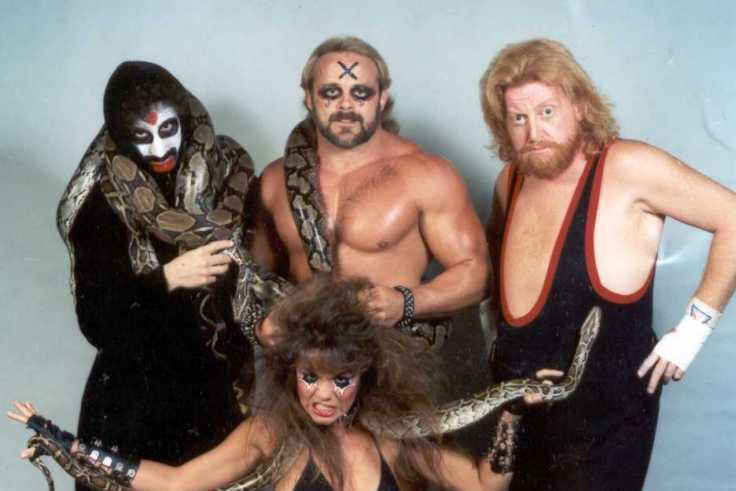
Kevin Sullivan didn’t just turn heel. He completely embraced the cultural zeitgeist surrounding the occult. His promos became bizarre. He rambled about visiting ancient temples and learning the Asian ways (you see, in old pro wrestling, foreign cultures are evil). He spoke of “eating the cosmic cookie” and listening to dark forces. With a bone necklace draped around his neck, Sullivan painted an X on his forehead to match the maniacal cult leader, Charles Manson. Starting with Roberts, Sullivan built his own family. Finding a dark and unique character, Sullivan’s influences reached beyond the media hype. They pulled from the psychedelic writings of Carlos Castaneda, while his Army of Darkness was inspired by cults of Lovecraftian mythology. Smartly, Sullivan never calls himself a Satanist. Those gaps are filled in by the crowd.
Sullivan is immediately programmed with the top star in Florida: Dusty Rhodes. The defender of the American Dream would stand against Prince of Darkness on Christmas Day, inside of a steel cage. The stipulation said that the loser must leave the CWF for sixty days. While it looked like Dream would prevail, Rhodes was defeated with a little assistance from Santa Claus himself. Of course, the equally demonic Roberts was under the beard. Rhodes left the territory, but the feud continued with the masked Midnight Rider (Rhodes’ famous alter ego).
Roberts would leave CWF, but Sullivan’s Army of Darkness would grow. Veteran Maniac Mark Lewin would be rechristened The Purple Haze (not to be confused with the modern All Japan faction led by Zeus). Olympian Bob Roop became Maya Singh, and women’s wrestler Winona Littleheart became The Lock. The most prominent member of the Army was young Nancy Toffoloni.
The beautiful twenty-year-old who wore leather-studded outfits and bikinis was dubbed The Fallen Angel by Sullivan. King Curtis Iaukea, with his scared forehead and booming voice, joined the Army of Darkness in a spiritual role. Even former WWWF World Champion, Superstar Billy Graham, made his way into the Army during his karate reinvention.
Sullivan’s pack of weirdos looked like something out of a King Diamond concert and terrified the fans in Florida. It was the perfect mix of kayfabe and fundamentalism. Most importantly, the gimmick made Sullivan and Rhodes a lot of money. It also brought Sullivan a new level of recognition in the business itself. While still competing in CWF, Sullivan and his band also worked for Angelo Savolidi’s ICW group in Boston. For a time, Sullivan also became the booker of Leah Miavia’s Polynesian Pro Wrestling in Hawaii while later working in Alabama’s Continental territory. Fans across the country truly believed Kevin Sullivan worshipped the Devil.
From late 1982 through early 1988, the same year as the Geraldo special, Sullivan worked a variation of the “Satanist gimmick.” However, as the decade came to a conclusion, the Satanic Panic began to wain. The NBC special brought renewed attention to the phenomenon, but the country had largely moved on from those fears. The NBC expose was a rating hit, but the network lost money because sponsors saw the product as exploitative, not to mention silly. Smartly, NBC’s sponsors didn’t want their products associated with such tabloid trash.
Always ahead of the game, Sullivan realized pop culture was moving on past that brand of occult-inspired heavy metal. As pro wrestling reshaped itself into a more corporate television product, the outlaw TV roots of the early-80s were left behind. Jim Crockett Promotions absorbed the CWF. Sullivan reimagined himself into a coach for the Varsity Club, a heel stable of former college athletes Mike Rotunda, Rick Steiner, and Steve Williams.
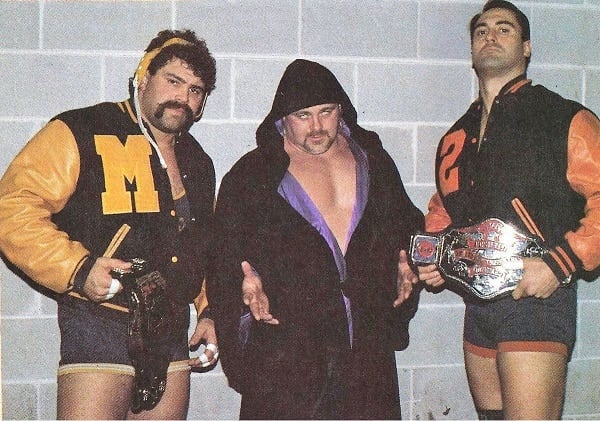
However, Sullivan was smart enough not to completely abandon his previous persona. Much like his days as a Manson-esque cult leader for the Army of Darkness, this version of Sullivan was clearly manipulating these athletes, pushing them into a dark place, almost like a late-80s-styled drug dealer. Sullivan’s history as a demonic force wasn’t played on. Fans clearly remembered, and his mere presence gave the Varsity Club a dangerous edge. Strangely enough, Steiner would keep the visual aesthetic of the Varsity Club’s letterman jackets when forming the tag team with his brother, Scott.
In the early-to-mid 90s, Sullivan formed a plethora of groups that harkened back to his old Army of Darkness, from the Slaughterhouse to the full-on cartoon Dungeon of Doom and Alliance to End Hulkamania. None of these groups were as successful or as dangerous as the original Army. Sullivan, who would be the mastermind booker behind WCW Nitro and the nWo, had a unique understanding of exploiting cultural fears and mores.
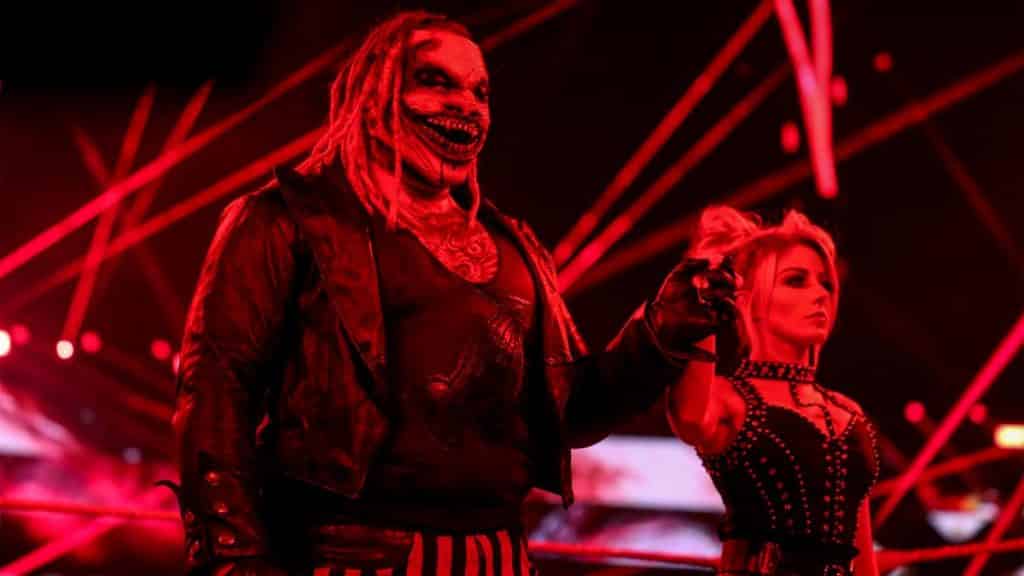
Kevin Sullivan’s legacy in pro wrestling was his incorporation of occult themes and concepts. One need look no further than Raw and Alexa Bliss sitting inside a pentagram (a summoning circle), trying to revive the Fiend Bray Wyatt, to see Sullivan’s fingerprints. A strange twist of irony, considering Wyatt is Barry Windham’s nephew, the first victim of Sullivan’s demonic persona. In a kayfabe perspective, Sullivan’s evil character ultimately succeeded in turning the offspring of Mike Rotunda, his former Varsity Club associate, the grandson of his enemy, Blackjack Mulligan character who so clearly influenced by the Prince of Darkness.
